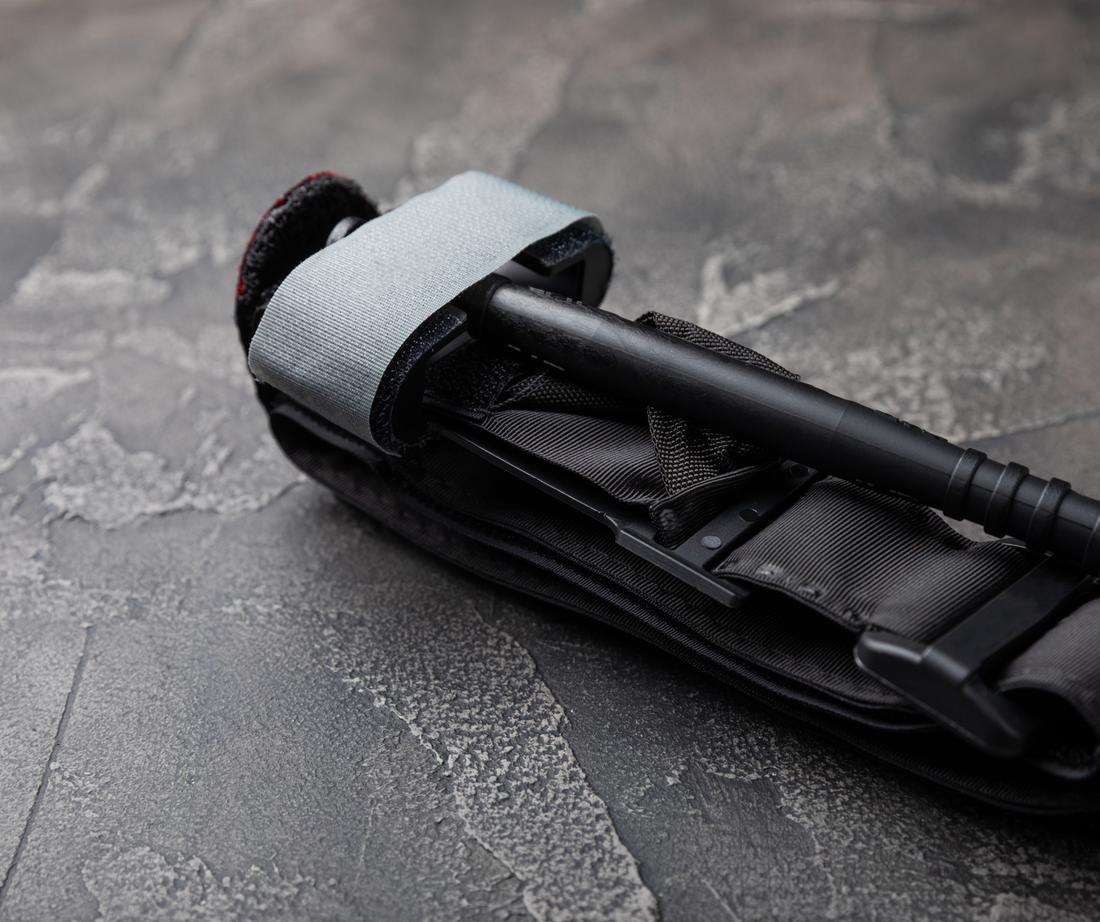
Bleeding Control and Tourniquet Use: A Lifesaving Skill for Uncertain Times
Share
In today’s unpredictable world, emergency preparedness isn’t optional—it’s a must. With sources predicting more mass shootings as political tensions rise, knowing how to stop bleeding in an emergency could save a life. One of the best tools for trauma response is a tourniquet—a compact, portable device you can carry anywhere. But owning the best tourniquets for 2025 isn’t enough—you need proper training to use them effectively.
At PrepEM Wild, we’re passionate about equipping you with emergency first aid skills that make a difference. Let’s explore why bleeding control training is so vital and how it prepares you to act when seconds count.
🩸 The Critical Role of Bleeding Control in Trauma Response
Severe bleeding is the leading cause of preventable death in trauma situations—think gunshot wounds, car accidents, or outdoor injuries. In these moments, every second matters. Emergency responders might not arrive in time to stop the bleed, and a person can die from blood loss in just 3-5 minutes. That’s where preparedness training comes in, empowering you to use a tourniquet or bleed kit to stabilize a victim.
This knowledge turns anyone into a first responder, ready to act with proven emergency first aid techniques. It’s simple, practical, and can be a literal lifesaver.
🆘 Why Tourniquet Training Beats Guessing
A tourniquet is a powerhouse for bleeding control—small, affordable, and effective. Brands like SnakeStaff Systems offer some of the best tourniquets for 2025, plus Individual First Aid Kits (IFAKs) built for real-world crises. Visit snakestaffsystems.com and use code PREPEM10 for a discount on your tourniquet or IFAK!
But here’s the reality: without tourniquet training, you’re guessing—and that’s risky. Learning how to stop bleeding in an emergency with precision avoids mistakes that could cost a life.
✅ How to Apply a Tourniquet Correctly for Bleeding Control
Proper tourniquet placement is straightforward but requires accuracy. Here’s how to do it right:
- Position It Perfectly: Place the tourniquet 2-3 inches above the wound, avoiding joints like elbows or knees for effective bleeding control.
- Tighten to Stop Bleeding: Twist the windlass or pull the Velcro strap until the bleeding stops completely. Pain means it’s working—don’t ease up.
- Secure It Firmly: Lock it in place with the windlass clip or strap to maintain pressure.
- Track the Time: Note the application time (write it on the tourniquet if you can) so medics know how long it’s been on.
These steps are core to trauma response training—basic, repeatable, and lifesaving.
⚠️ Tourniquet Mistakes to Avoid in an Emergency
Even with the best intentions, errors can undermine your efforts. Here’s what not to do:
- Wrong Placement: Too low (below the wound) or too high (far from the injury) won’t stop bleeding effectively.
- Improvised Tools: Skip belts or wires—they’re often too weak for proper bleeding control. Stick to the best tourniquets for 2025.
- Loose Application: A slack tourniquet lets blood flow, defeating the purpose.
Training helps you avoid these pitfalls, giving you the confidence to act fast and right.
🚨 Emergency Preparedness Starts with You
Emergencies strike without warning—public events, hiking trails, or unexpected crises. Knowing how to stop bleeding in an emergency makes you a first responder when it matters most. Pair that skill with a top-tier tourniquet from SnakeStaff Systems (grab yours at snakestaffsystems.com with PREPEM10) for unbeatable readiness.
⛑️ Unlock the Benefits of Bleeding Control Training Today
At PrepEM Wild, we believe emergency first aid starts with education. Find a course near you to master bleeding control, practice with your tourniquet, and share these trauma response skills with others. In a world where chaos can strike anytime, the ability to stop the bleed isn’t just practical—it’s a lifeline.
Get trained. Get equipped. Be ready—because you could be the one to save a life.


